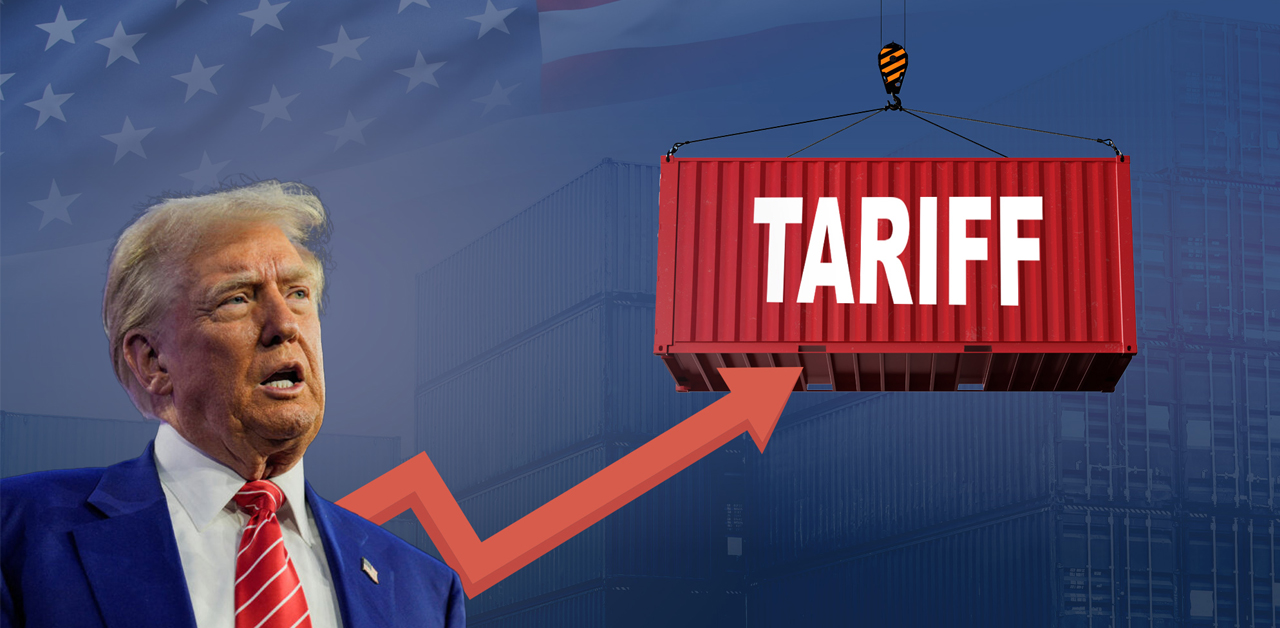Xi’s Ambiguous Remarks Suggest PBOC Moving Toward Fed’s Model
In a recently publicized speech, Chinese President Xi Jinping hinted at a potential shift in the nation’s monetary policy, suggesting the People’s Bank of China (PBOC) might start trading government bonds to manage market liquidity. This move aligns with strategies used by major central banks like the Federal Reserve. Xi’s speech, initially made in October but gaining attention through recent publication in a book and newspaper article, stirred speculation among traders and economists.
The PBOC, which has not made significant bond purchases since 2007, may be looking at using government bonds as a means of issuing money, a practice common in other countries and seen as a step towards modernizing China’s monetary system. The ambiguity in Xi’s remarks led to debates about the possibility of the PBOC adopting quantitative easing (QE), a strategy involving the purchase of government bonds to reduce yields and stimulate economic activity.
China’s economic challenges, particularly in sectors like real estate, have sparked discussions on adopting drastic measures. The PBOC has been engaging in targeted lending programs, expanding its balance sheet in a manner akin to QE.
However, several economists are cautious about viewing Xi’s comments as a major policy shift, especially since QE typically involves large-scale asset purchases and holding, while Xi mentioned both buying and selling bonds. Moreover, China’s interest rates are above zero, making the immediate need for QE less urgent.
The PBOC has not officially commented on the matter. Historically, it has been skeptical of QE, highlighting potential risks and market distortions. Instead, bond trading might be an additional tool for the PBOC to inject liquidity and stabilize rates.
Currently, the PBOC manages liquidity through various methods like monthly lending facilities and adjusting banks’ reserve requirements. However, these methods have limitations, and there’s a growing need for more flexible and diverse tools, such as government bond trading.
The size and feasibility of the government bond market make this approach increasingly necessary. The timing and scale of the PBOC’s potential bond purchases remain uncertain, with some analysts suggesting a gradual approach and others anticipating more immediate actions linked to fiscal stimulus plans.
While short-term effects on yields may be predictable, the long-term impact is less clear and could depend on additional economic stabilization policies. The evolution of the PBOC’s approach, particularly in government bond trading, could significantly influence China’s monetary policy landscape, similar to historical shifts seen in other central banks like the Bank of Japan.











